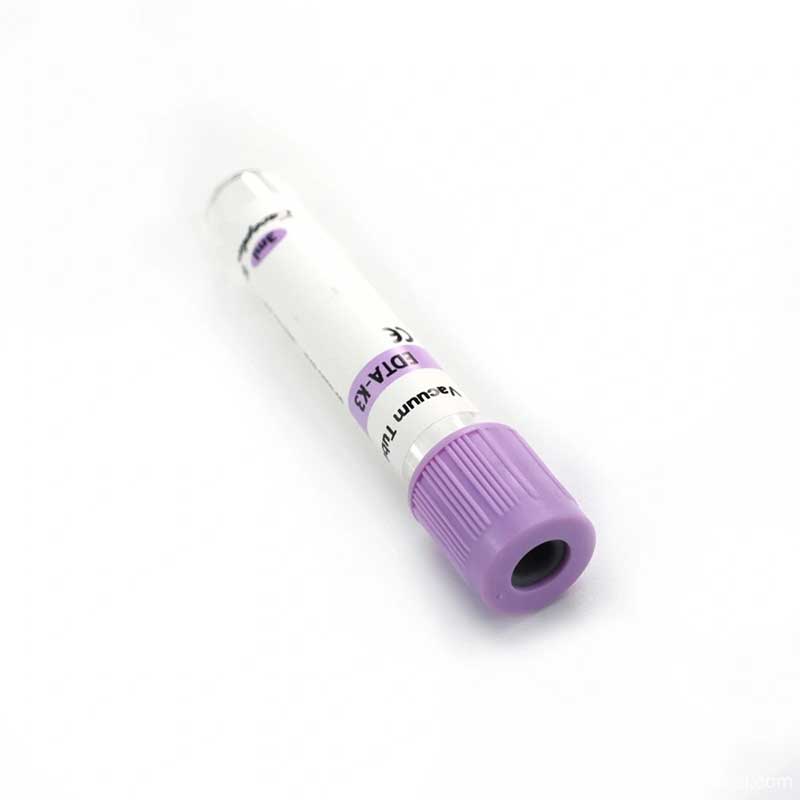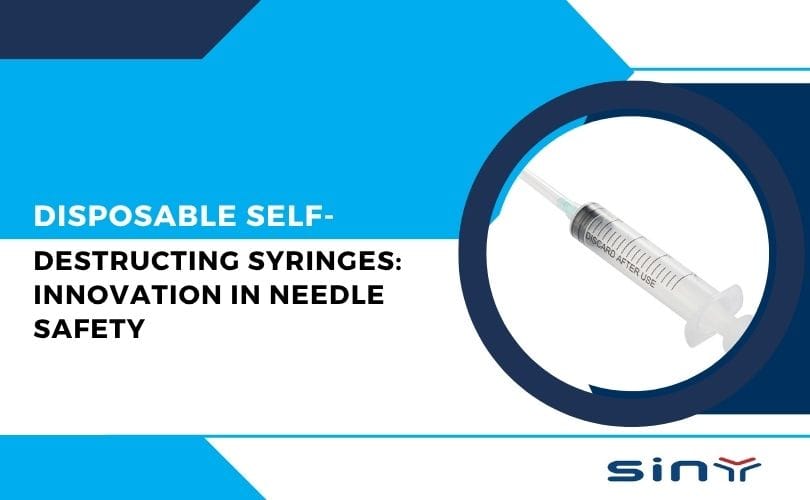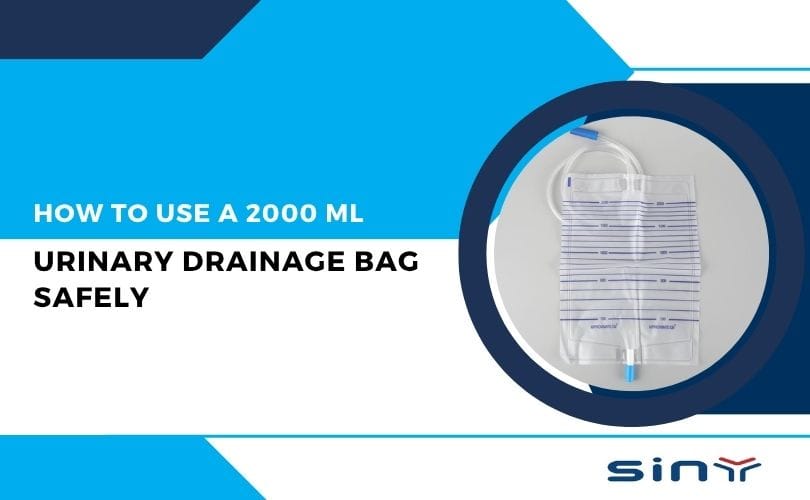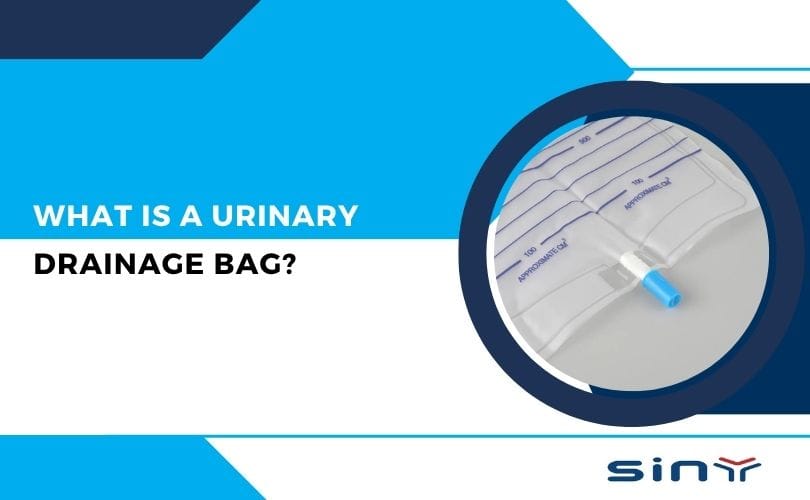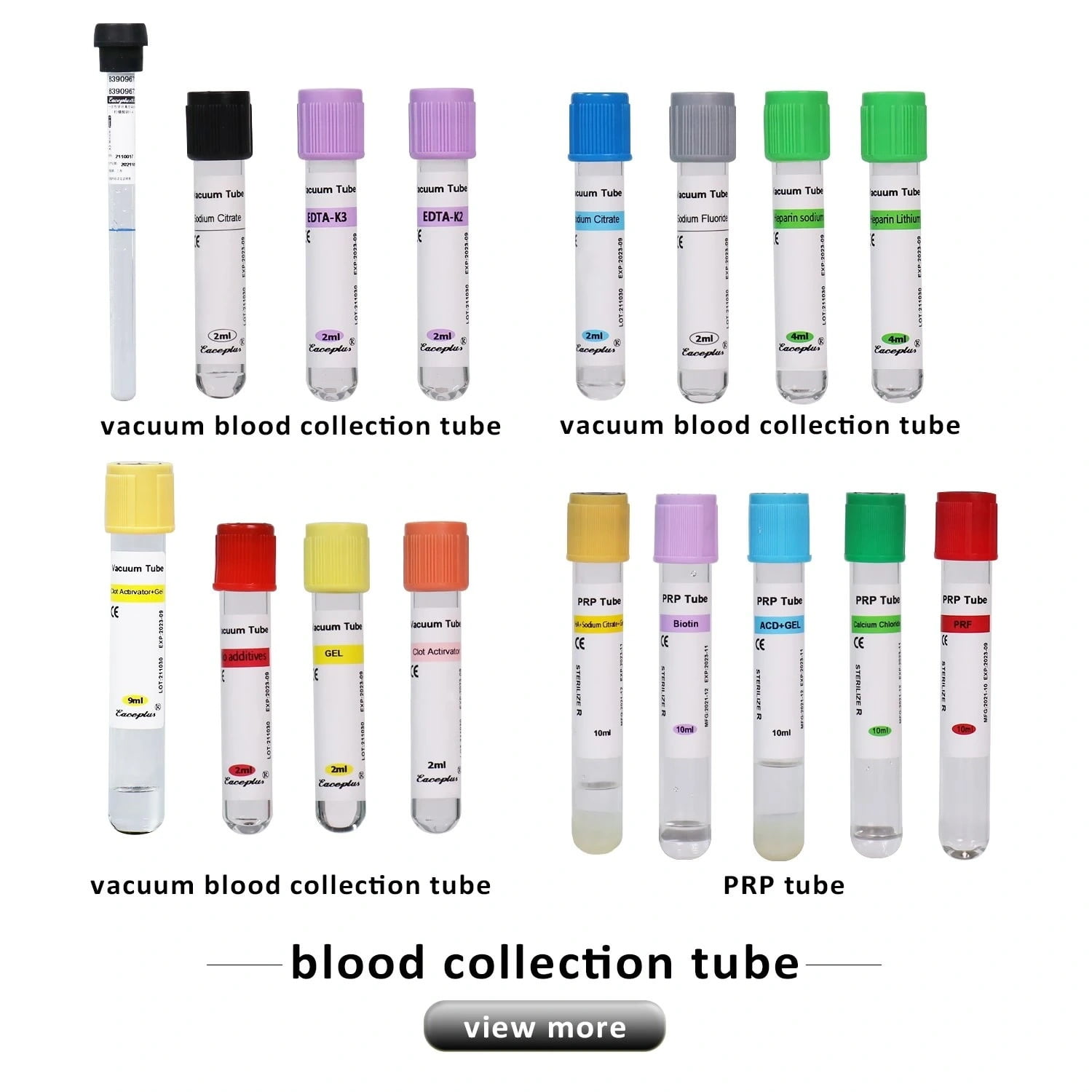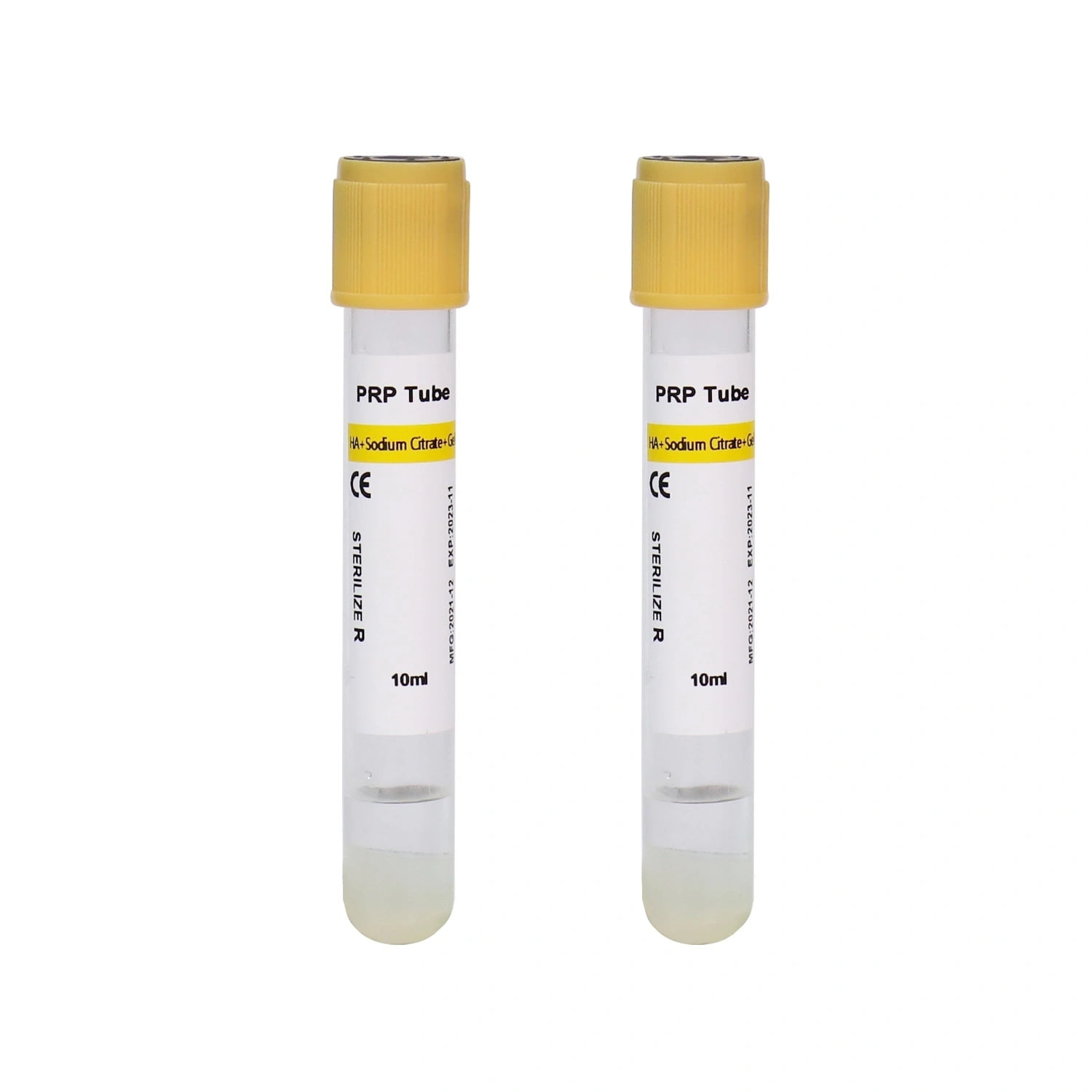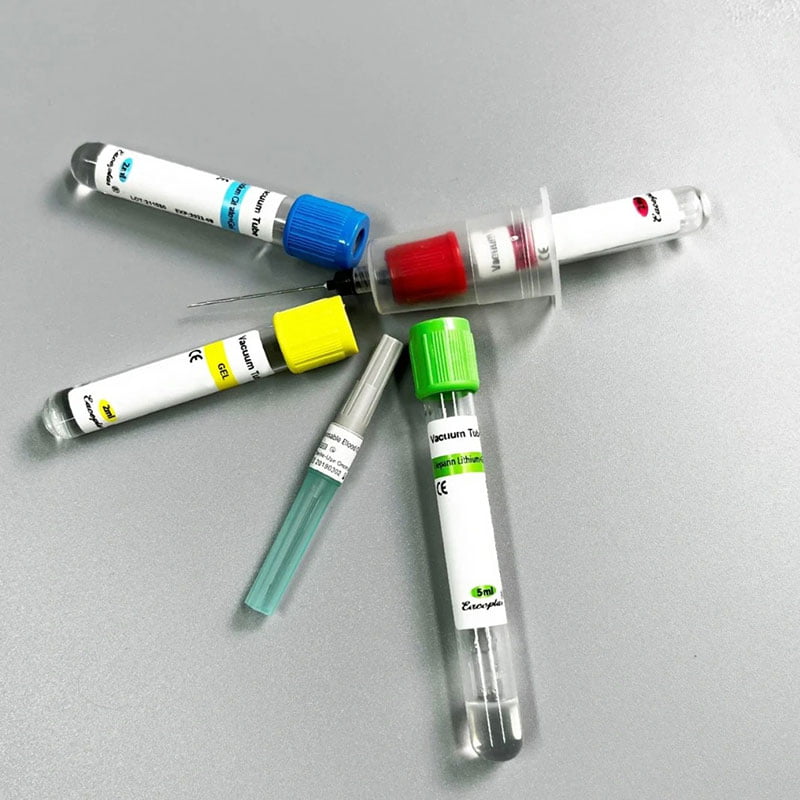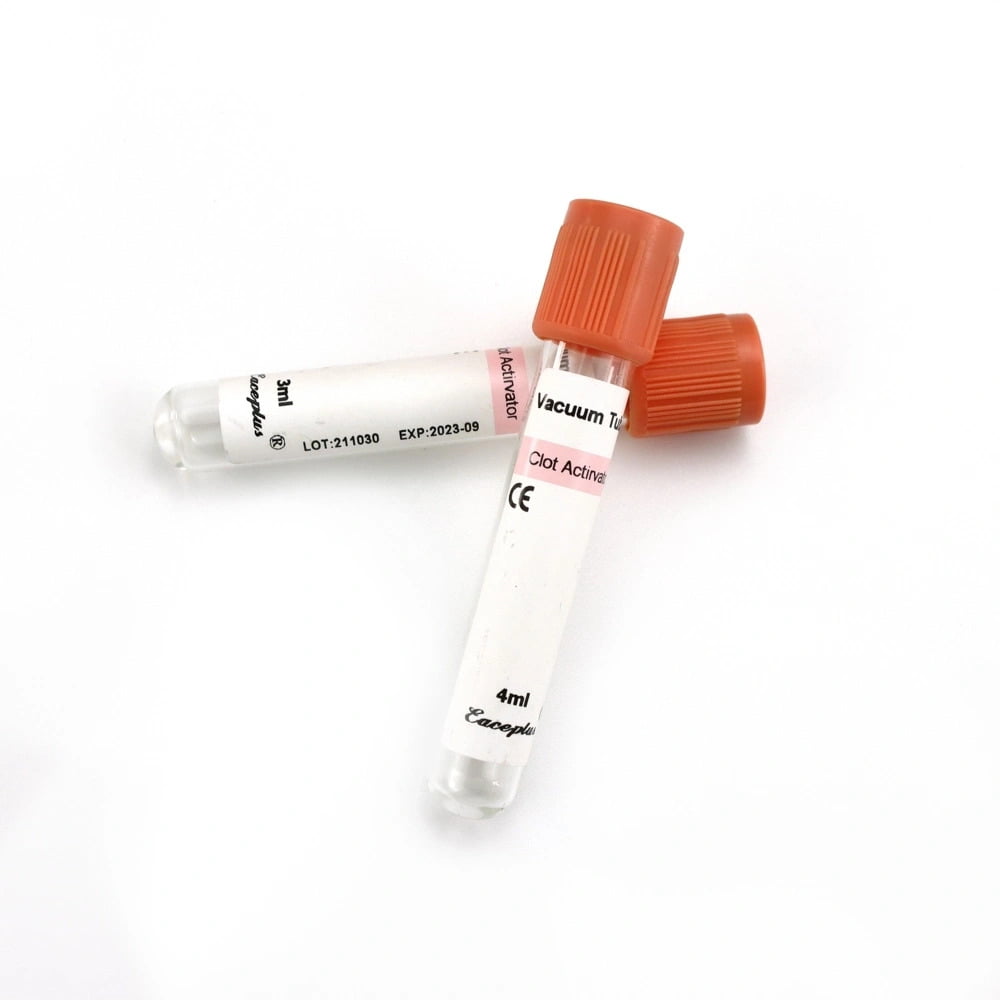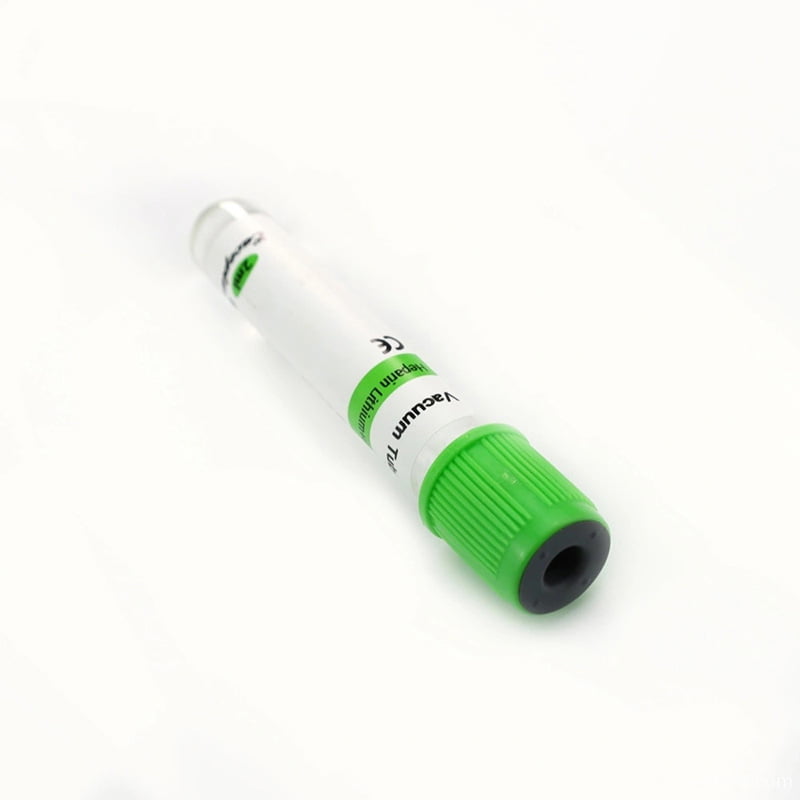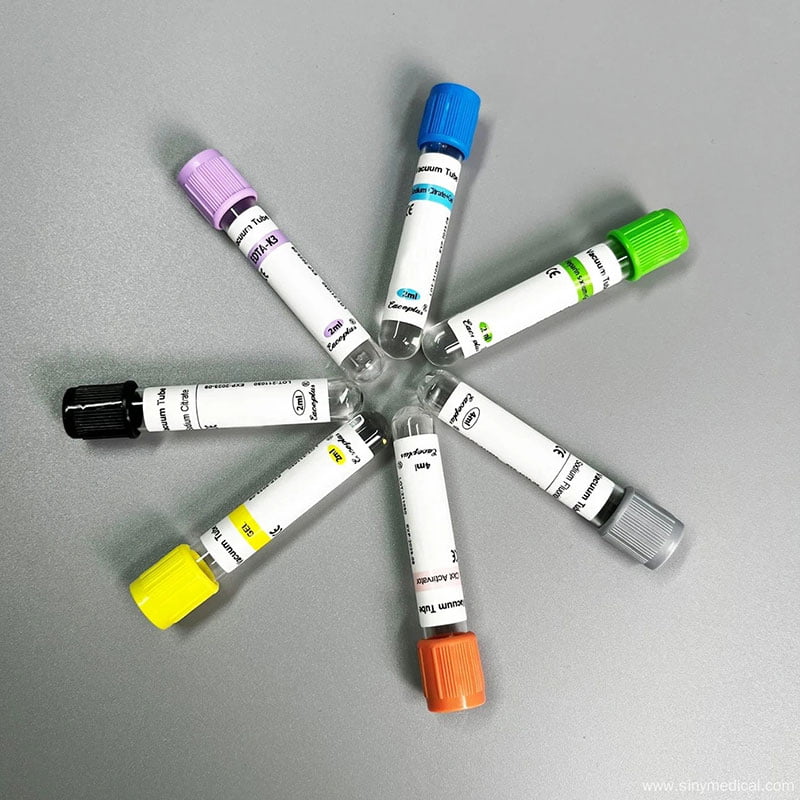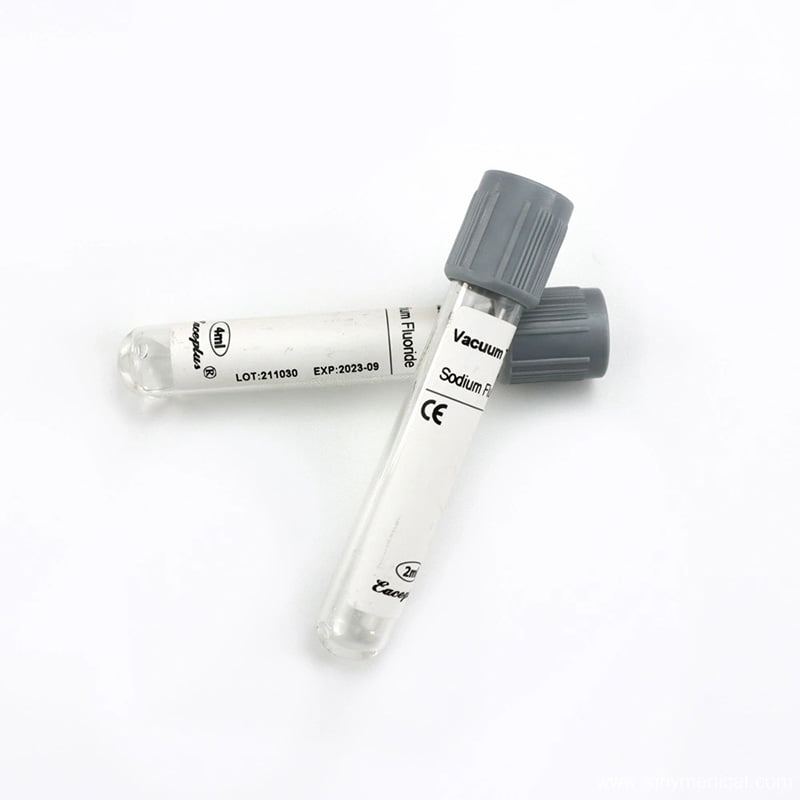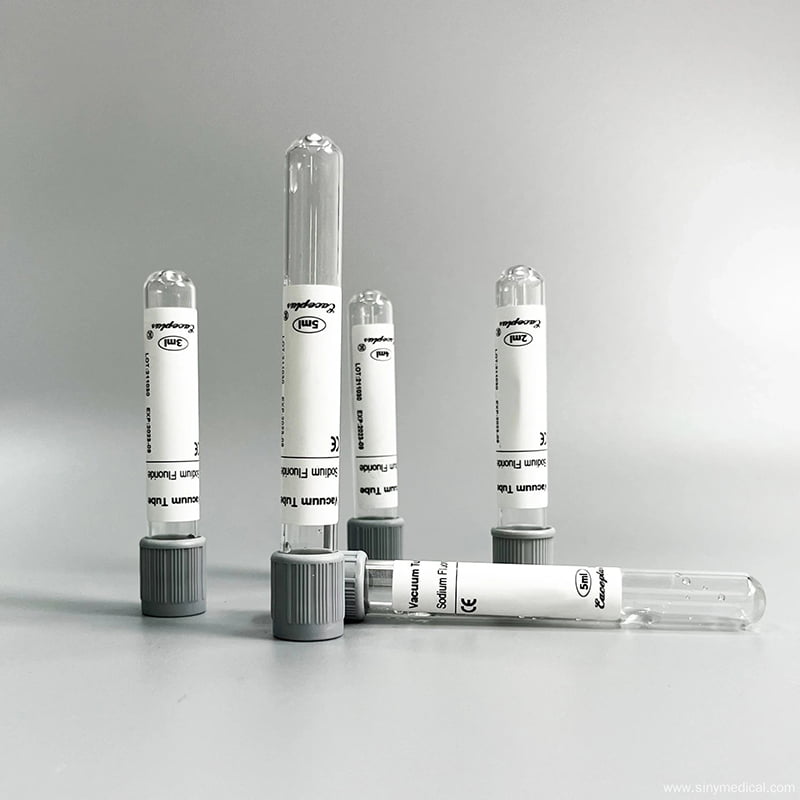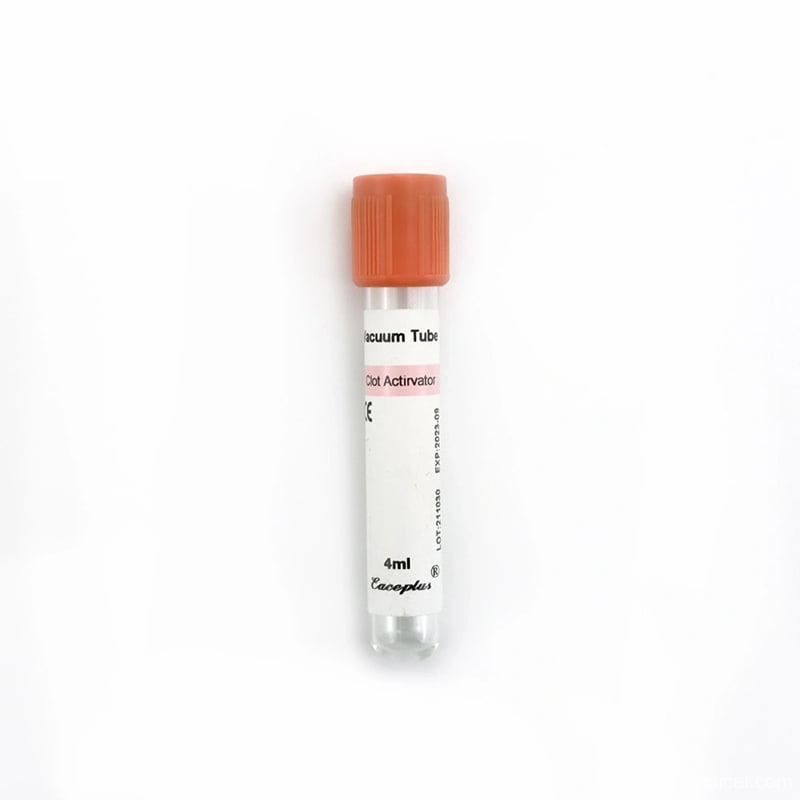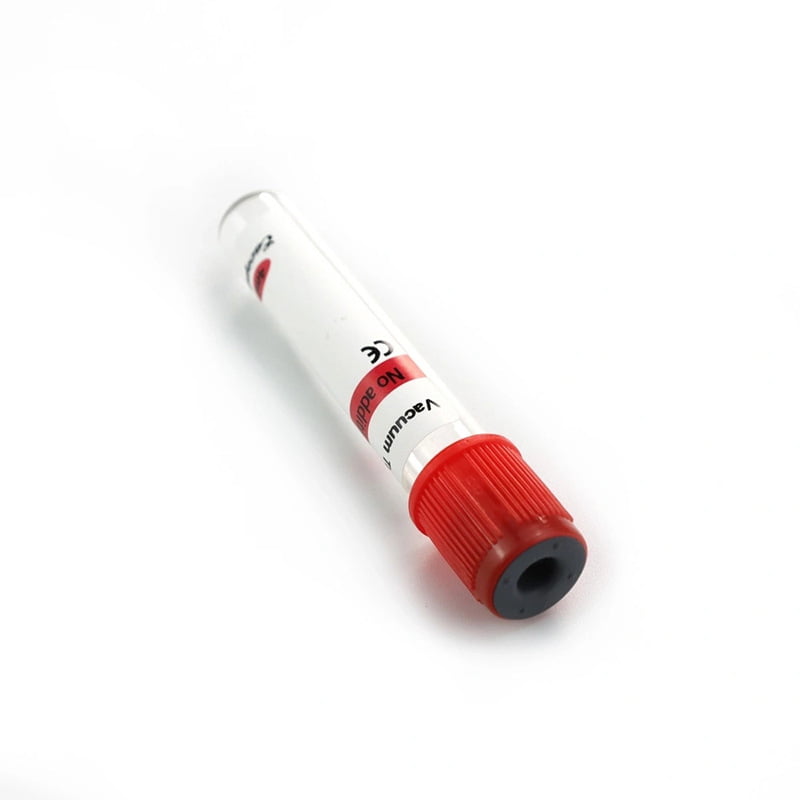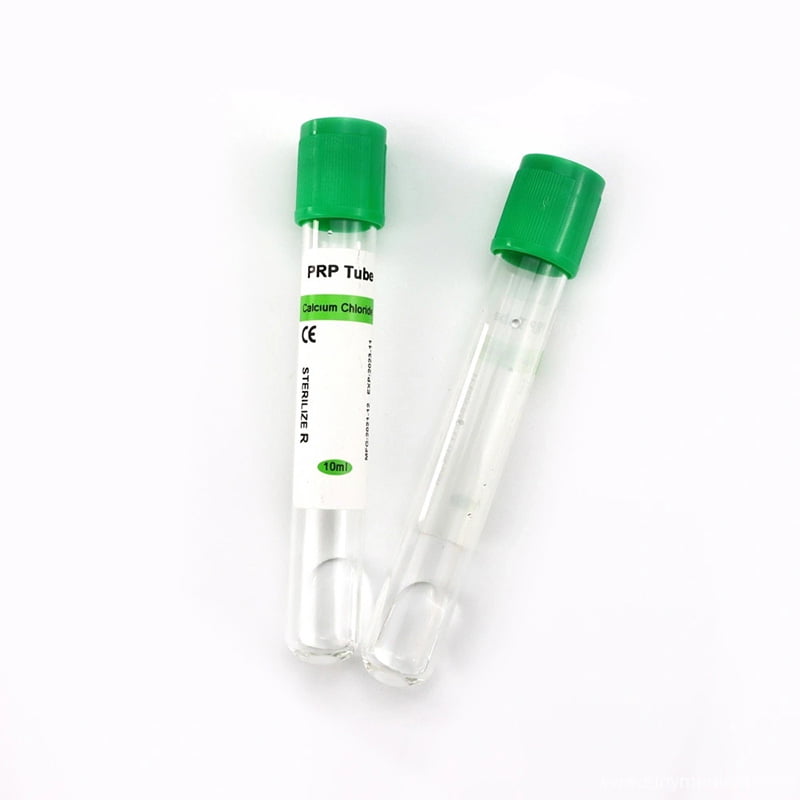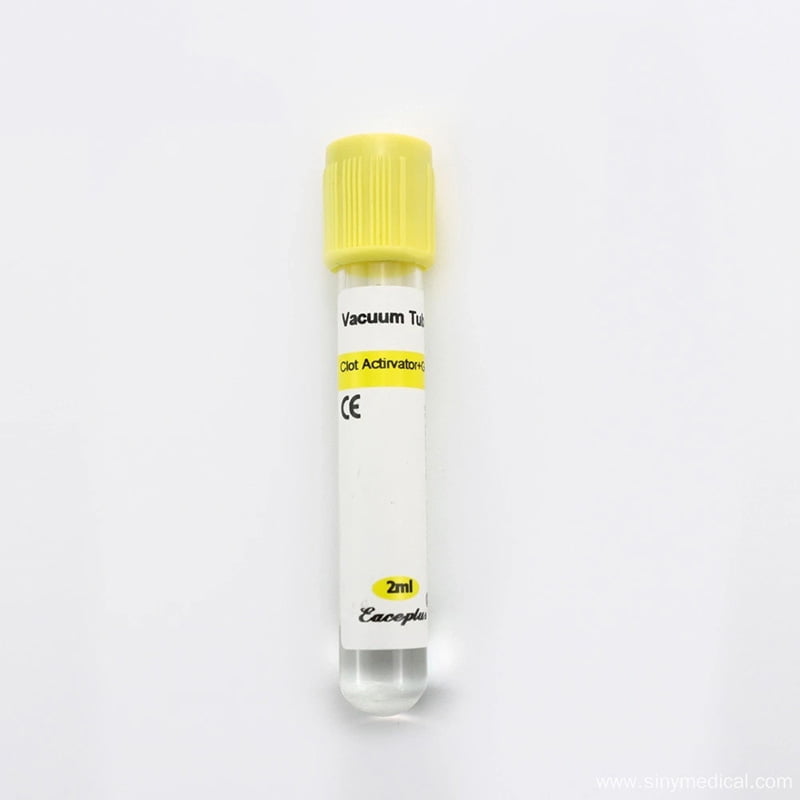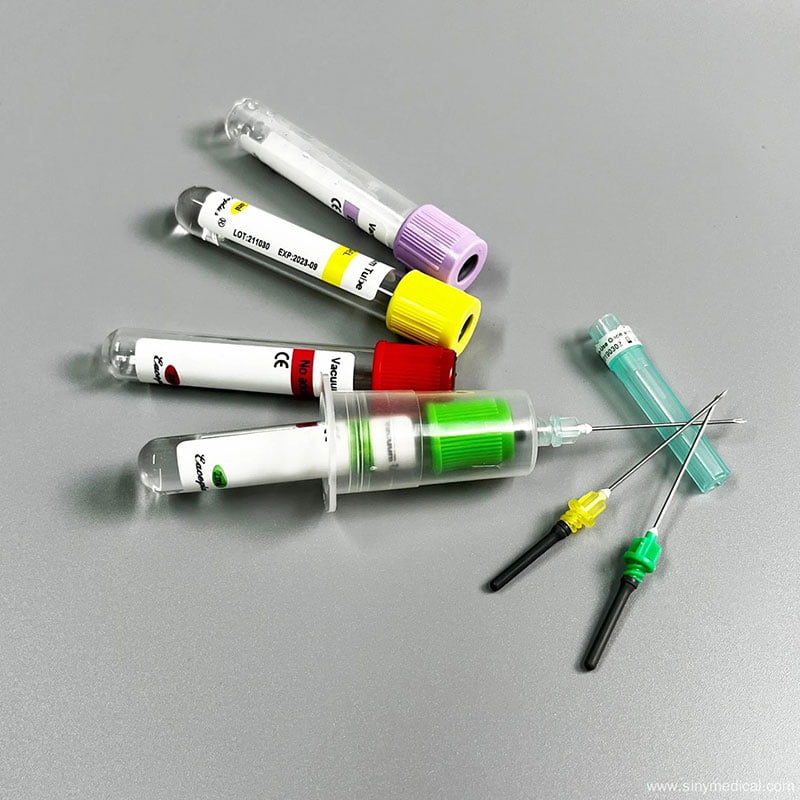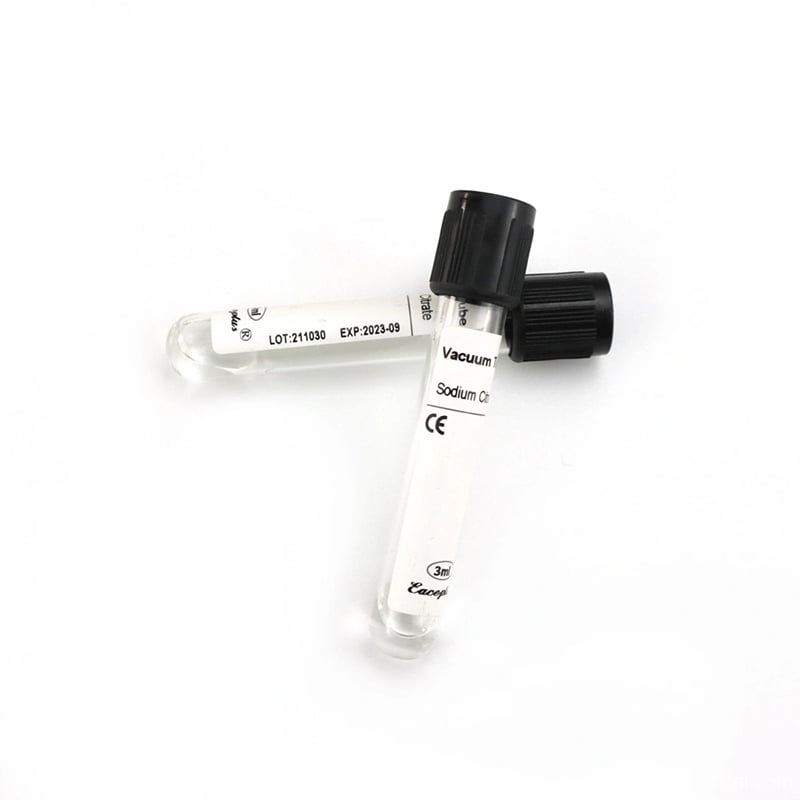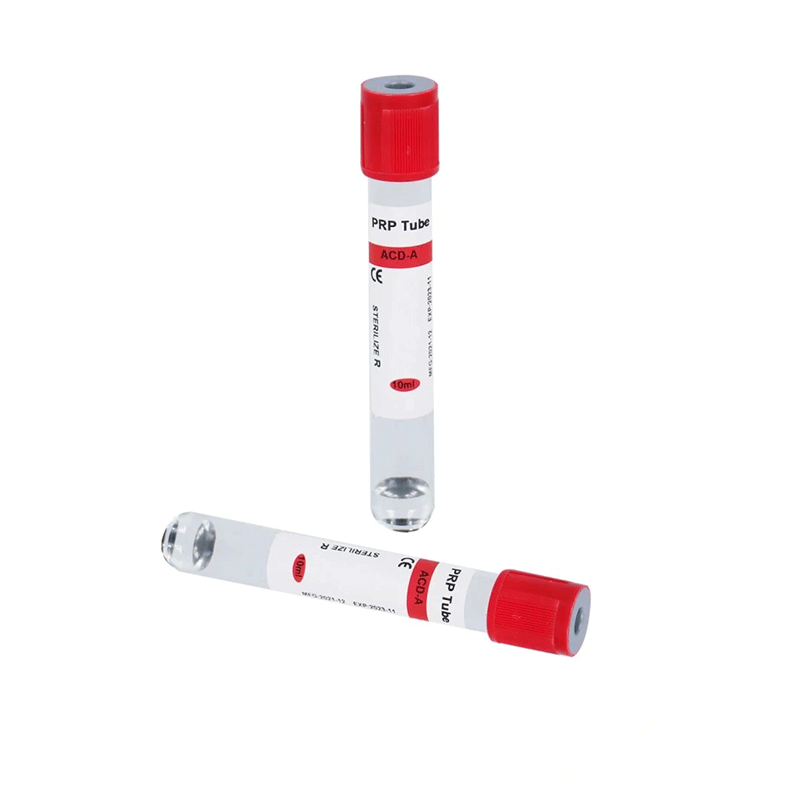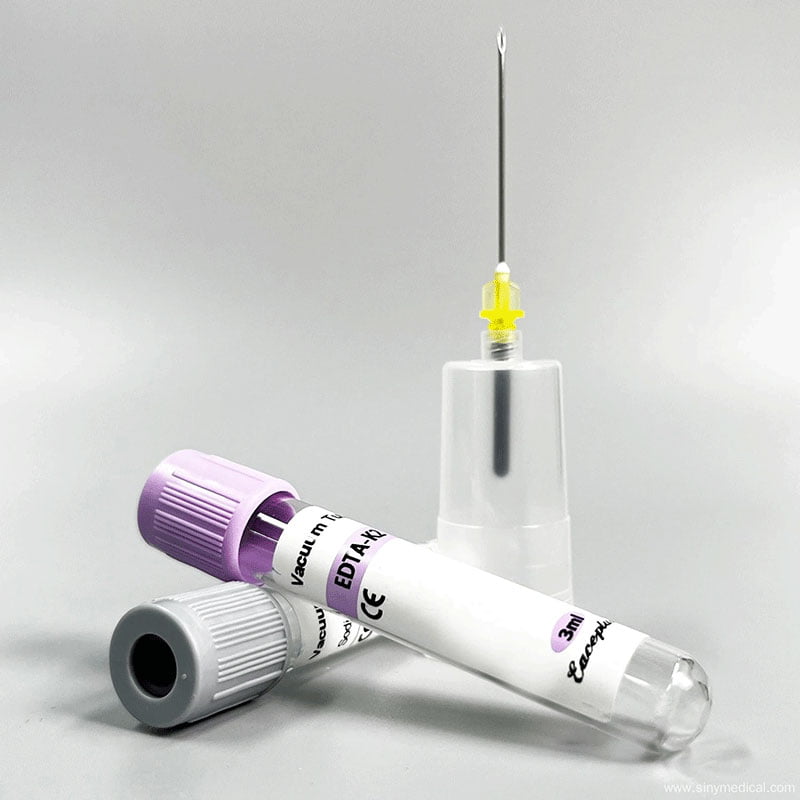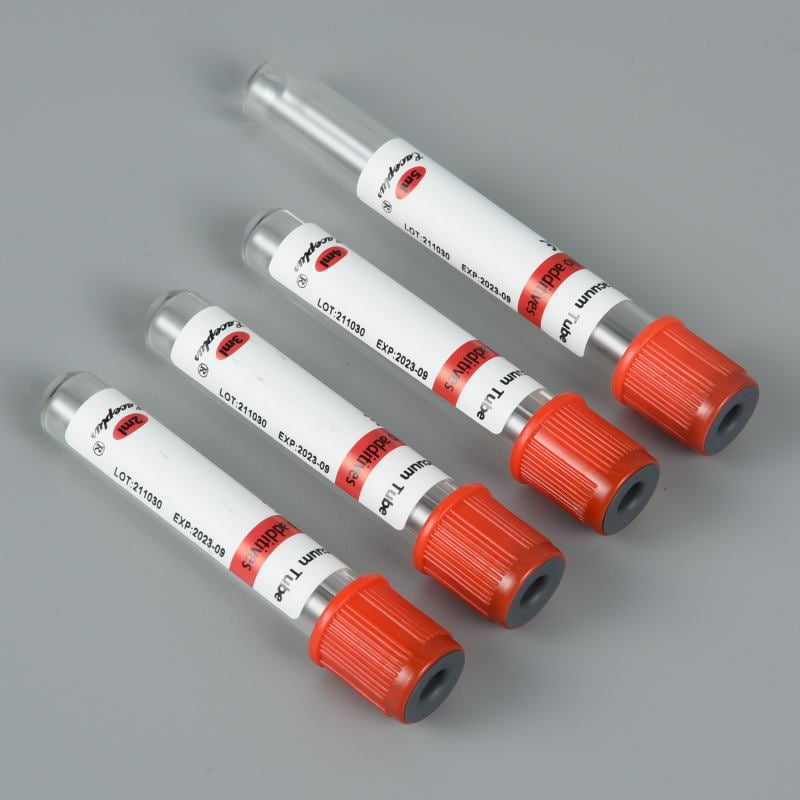I-PRF (Injectable Platelet-Rich Fibrin) has emerged as a groundbreaking innovation. This advanced form of PRF (Platelet-Rich Fibrin) is revolutionizing regenerative medicine, offering a natural and effective solution for tissue repair, skin rejuvenation, and more. But what exactly is I-PRF, and how does it work? In this comprehensive blog, we will delve into the science, applications, benefits, and future of I-PRF, providing you with all the information you need to understand this cutting-edge treatment.
Table of Contents
What Is I-PRF?
I-PRF stands for Injectable Platelet-Rich Fibrin, a liquid autologous biomaterial obtained through a simple, anticoagulant-free centrifugation process. It contains a high concentration of platelets, leukocytes, monocytes, and various growth factors suspended in a fibrin matrix.
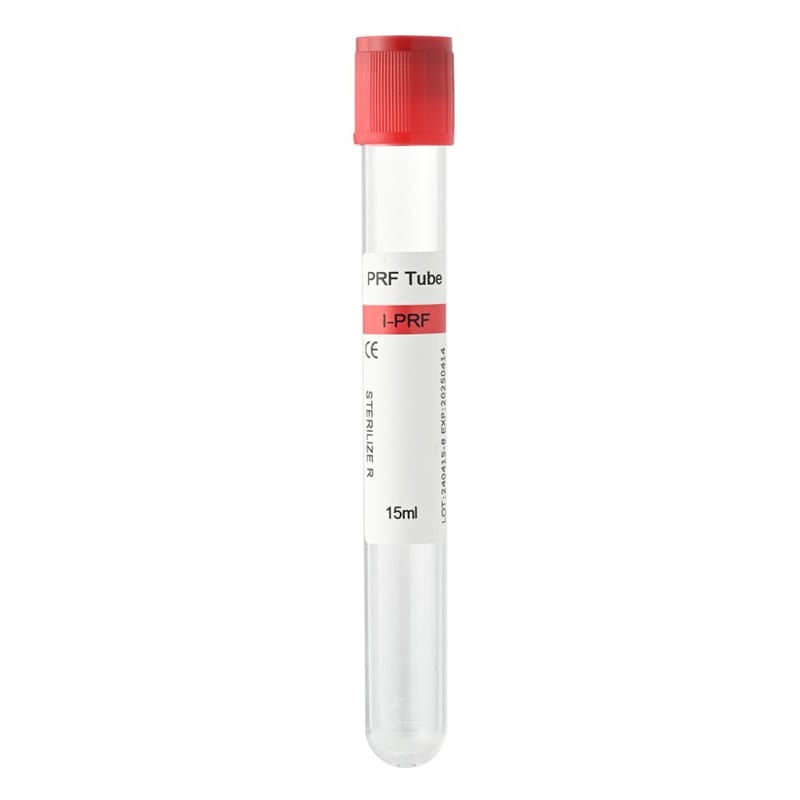
Unlike PRP, which requires anticoagulants during preparation, I-PRF is completely additive-free. Its liquid form allows for easy injection or combination with biomaterials such as bone grafts. Once injected, I-PRF slowly forms a fibrin clot, releasing growth factors over time, thus supporting tissue regeneration in a more physiological and sustained manner.
How is I-PRF Prepared?
Creating I-PRF is surprisingly simple yet scientifically precise. Here’s how it works:
- Blood is drawn from the patient, typically using a sterile PRF collection tube like the I-PRF tubes from Siny Medical.
- It’s then centrifuged at a lower speed (around 700 rpm) for 3-5 minutes.
- This gentle spin separates the blood without using anticoagulants, which allows for fibrin clot formation and retains critical white blood cells and platelets.
- The resulting fluid—I-PRF—is a rich, golden concentrate full of healing elements like growth factors, cytokines, leukocytes, and regenerative platelets.
Pro Tip: The low-speed centrifugation technique is key to preserving the biological quality of the I-PRF. That’s why using high-quality tubes like those from Siny Medical’s PRF collection is essential.
How I-PRF Differs from PRP and PRF
While PRP, PRF, and I-PRF are all derived from the patient’s blood, they differ in their preparation methods and applications.
- PRP: Prepared using anticoagulants and high-speed centrifugation, PRP is rich in platelets but lacks the fibrin matrix. Orthopedics and sports medicine commonly use it.
- PRF: PRF contains a fibrin matrix and is prepared without anticoagulants. Medical professionals typically use it in solid forms for dental and surgical applications.
- I-PRF: The injectable form of PRF, I-PRF retains the fibrin matrix in a liquid state, making it ideal for minimally invasive treatments like skin rejuvenation and hair restoration.
For a deeper dive into the differences, explore our blog on What is the S-PRF Tube?.
How Does I-PRF Differ from PRP and PRF?
Compared to traditional PRP and PRF, I-PRF offers a combination of the benefits of both:
- Form: I-PRF is liquid, similar to PRP, allowing for injection into target tissues, while traditional PRF is solid and used as a membrane or plug.
- Anticoagulant Use: PRP requires the use of anticoagulants, which can interfere with the natural clotting process. In contrast, both PRF and I-PRF are anticoagulant-free, making them more biocompatible.
- Centrifugation Protocol: PRP typically involves higher speed and longer centrifugation, which can reduce cellular viability. I-PRF uses low-speed and short-time centrifugation, preserving more white blood cells and growth factors.
- Growth Factor Release: PRP delivers a rapid but short-term release of growth factors, while I-PRF provides a slower, prolonged release, maintaining a regenerative environment for up to 7 days.
In essence, I-PRF merges the handling advantages of PRP with the biological superiority of PRF, making it ideal for various clinical procedures.
Applications of I-PRF
I-PRF is gaining traction across multiple medical disciplines due to its regenerative potential and versatility:
Oral Implantology and Maxillofacial Surgery
Used in combination with bone grafts, I-PRF enhances bone regeneration, improves osseointegration, and supports soft tissue healing after extractions or implants.
Aesthetic Medicine and Dermatology
Medical professionals inject I-PRF into the dermis to enhance skin elasticity, diminish fine lines and wrinkles, and stimulate collagen production. They also use I-PRF for neck rejuvenation, under-eye treatments, and facial contouring.
Hair Loss Therapy
By injecting I-PRF into the scalp, it stimulates hair follicles, enhances blood circulation, and supports the treatment of androgenic alopecia and alopecia areata.
Chronic Wound and Ulcer Treatment
I-PRF has shown effectiveness in treatng non-healing wounds, diabetic foot ulcers, and pressure sores by accelerating tissue granulation and epithelial repair.
Orthopedics and Sports Medicine
PRF is used to support tendon, ligament, and joint healing, promoting faster recovery after sports injuries and chronic musculoskeletal disorders.
Advantages of I-PRF
- 100% Autologous and Safe: No additives, no immune reaction, minimal risk of infection or complications.
- Quick and Simple Preparation: Centrifugation and application take less than 10 minutes to complete.
- High Biological Activity: Rich in platelets, leukocytes, and cytokines essential for regeneration.
- Sustained Release: Growth factors gradually release over several days, providing long-lasting therapeutic effects.
- Versatile Clinical Use: Compatible with bone grafts, collagen scaffolds, or injectable protocols across disciplines.
Summary
I-PRF represents a significant advancement in regenerative biomaterials, combining safety, simplicity, and biological effectiveness. Its ability to stimulate tissue healing without the use of additives or chemicals makes it a valuable tool across implant dentistry, dermatology, wound care, and orthopedics.
As more clinical studies continue to validate its effectiveness, I-PRF is set to establish itself as a cornerstone of natural, autologous treatment strategies in modern medicine.
For more information or to explore our range of I-PRF products, visit Siny Medical or contact us at Contact Siny Medical.
FAQ
Is I-PRF better than PRP?
I-PRF provides a more natural and sustained release of growth factors without using anticoagulants. It also contains more leukocytes and regenerative components than PRP, making it superior for long-term healing.
How many sessions of I-PRF are needed?
For aesthetic treatments, 2–3 sessions spaced 3–4 weeks apart are common. For regenerative procedures like bone grafting, a single application may be sufficient.
Are there any side effects of I-PRF injections?
Side effects are rare and minimal, usually limited to temporary swelling, redness, or bruising at the injection site.
What equipment is needed to prepare I-PRF?
I-PRF requires dedicated additive-free PRF tubes and a low-speed centrifuge with settings suitable for the LSCC protocol. Using improper equipment may compromise the quality of the product.

